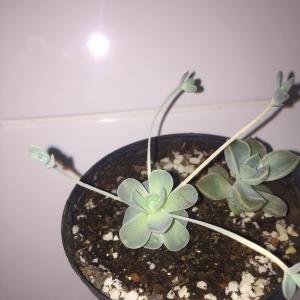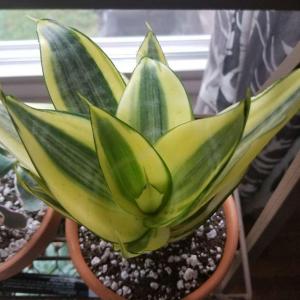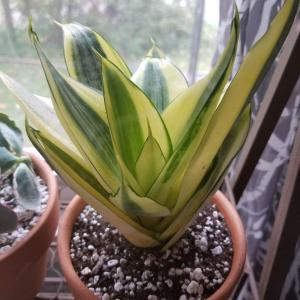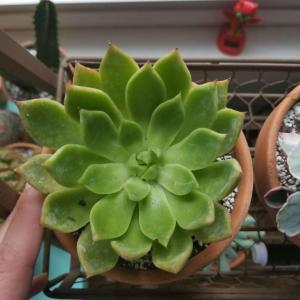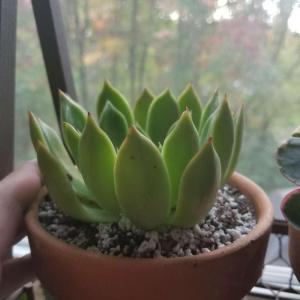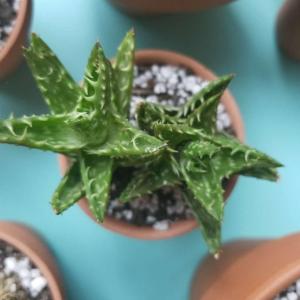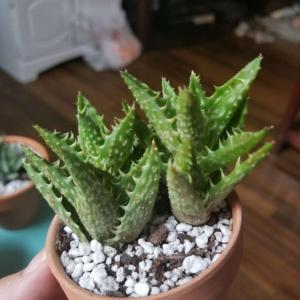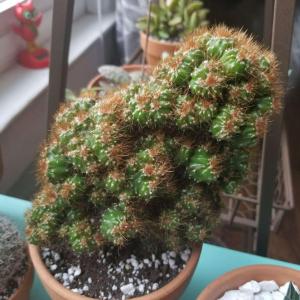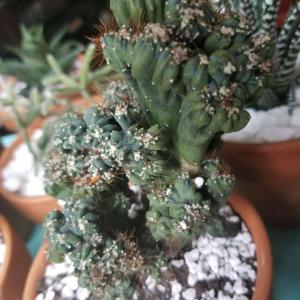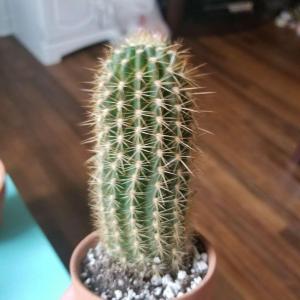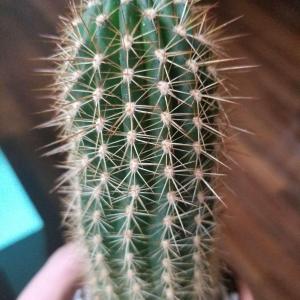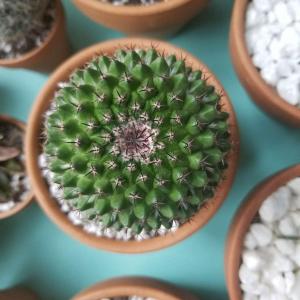文章
Dummer. ゛☀
2017年09月15日

Identification
OPM caterpillars are most easily recognised by their distinctive habit of moving about in late spring and early summer in nose-to-tail processions, from which they derive their name, and the fact that they live and feed almost exclusively on oak trees. They can sometimes be seen processing across the ground between oak trees, and clustering together as they feed on oak leaves.
In early summer they also build distinctive white, silken webbing nests on the trunks and branches of oak trees (almost never along the leaves), and leave white, silken trails on the trunks and branches. These nests and trails become discoloured after a short time, and more difficult to see as a result.
NOTE: OPM nests are almost never made among the leaves of oak trees or any other tree or shrub, or on any structure. Such nests are usually made by harmless species, and need not be reported.
The nests can occur in a range of shapes, including hemispherical (half a ball), tear-drop shaped, bag-like, and like a blanket stretched around part of a trunk or branch. Sizes range from as small as the width of a 50p coin to stretching several feet up the oak tree trunk in some cases. They can occur anywhere from ground level to high in the oak tree, and can fall out of oak trees and be found on the ground.
The caterpillars rest up in these nests during the day between feeding periods, and later in the summer they retreat into the nests to pupate into adult moths.
The adult moths emerge from pupation and are active from mid to late summer, and lay their eggs on the small twigs and branches in oak trees. They are an undistinctive, brown moth very similar in appearance to other, harmless species, and because of the difficulty in accurately identifying them, we do not require reports of moth sightings.
Health precautions
People in the affected areas can take these simple precautions to minimise the health risks to themselves and their pets and livestock:
DO NOT:
touch or approach nests or caterpillars;
let children touch or approach nests or caterpillars;
let animals touch or approach nests or caterpillars; or
try removing nests or caterpillars yourself.
DO:
teach children not to touch or approach the nests or caterpillars;
train or restrain pets from touching or approaching them;
keep horses and livestock a safe distance from infested oak trees. Covering or stabling livestock can help;
see a pharmacist for relief from skin or eye irritations after suspected OPM contact;
call NHS111 or see a doctor if you think you or someone in your care has had a serious allergic reaction;
consult a vet if you think your pet or livestock has been seriously affected;
call in a pest control expert to remove infestations in your own trees;
Treatment and management
To be most effective the job should be carefully timed and carried out by professionals with appropriate training and equipment. Do not try to remove OPM caterpillars or nests yourself, because of the health risks. Report the presence of the pest and, if your trees are in the OPM Core Zone, get a professional pest control operator to remove the infestations. Your local council or our Plant Health Service can provide details of suitable pest control operators working in the area.
Larger land-managing organisations with professional grounds or tree-care staff might acquire their own equipment and train their own staff to do the job.
Even if OPM is not known to be present, tree surgeons and others working on or close to oak trees in affected areas are strongly advised to wear protective clothing.
Life cycle
Adult moths emerge from the pupae in mid to late summer. They live for an average of three days, during which time they mate and lay their eggs in healthy oak trees, usually high in the canopy.
The eggs spend the winter on the trees, and the larvae (caterpillars) emerge the following spring. Larval emergence begins about mid to late April in an average spring, but can be as early as March. As they grow, the caterpillars descend lower in the trees to feed and build nests, and this is when they are most likely to be seen by the public. This is also when they develop the irritating hairs which pose the health problems. They spend their days in the nests, emerging mostly at dawn and dusk to feed, although this pattern can vary. They can sometimes be seen processing across the ground between oak trees.
In July the caterpillars congregate in the nest to pupate into adult moths, which can take up to four weeks. Spent nests found after adult moth emergence will invariably contain pupae cases and cast-off hairs, and should not be handled without personal protecive clothing.
OPM caterpillars are most easily recognised by their distinctive habit of moving about in late spring and early summer in nose-to-tail processions, from which they derive their name, and the fact that they live and feed almost exclusively on oak trees. They can sometimes be seen processing across the ground between oak trees, and clustering together as they feed on oak leaves.

In early summer they also build distinctive white, silken webbing nests on the trunks and branches of oak trees (almost never along the leaves), and leave white, silken trails on the trunks and branches. These nests and trails become discoloured after a short time, and more difficult to see as a result.
NOTE: OPM nests are almost never made among the leaves of oak trees or any other tree or shrub, or on any structure. Such nests are usually made by harmless species, and need not be reported.

The nests can occur in a range of shapes, including hemispherical (half a ball), tear-drop shaped, bag-like, and like a blanket stretched around part of a trunk or branch. Sizes range from as small as the width of a 50p coin to stretching several feet up the oak tree trunk in some cases. They can occur anywhere from ground level to high in the oak tree, and can fall out of oak trees and be found on the ground.
The caterpillars rest up in these nests during the day between feeding periods, and later in the summer they retreat into the nests to pupate into adult moths.
The adult moths emerge from pupation and are active from mid to late summer, and lay their eggs on the small twigs and branches in oak trees. They are an undistinctive, brown moth very similar in appearance to other, harmless species, and because of the difficulty in accurately identifying them, we do not require reports of moth sightings.

Health precautions
People in the affected areas can take these simple precautions to minimise the health risks to themselves and their pets and livestock:
DO NOT:
touch or approach nests or caterpillars;
let children touch or approach nests or caterpillars;
let animals touch or approach nests or caterpillars; or
try removing nests or caterpillars yourself.
DO:
teach children not to touch or approach the nests or caterpillars;
train or restrain pets from touching or approaching them;
keep horses and livestock a safe distance from infested oak trees. Covering or stabling livestock can help;
see a pharmacist for relief from skin or eye irritations after suspected OPM contact;
call NHS111 or see a doctor if you think you or someone in your care has had a serious allergic reaction;
consult a vet if you think your pet or livestock has been seriously affected;
call in a pest control expert to remove infestations in your own trees;

Treatment and management
To be most effective the job should be carefully timed and carried out by professionals with appropriate training and equipment. Do not try to remove OPM caterpillars or nests yourself, because of the health risks. Report the presence of the pest and, if your trees are in the OPM Core Zone, get a professional pest control operator to remove the infestations. Your local council or our Plant Health Service can provide details of suitable pest control operators working in the area.
Larger land-managing organisations with professional grounds or tree-care staff might acquire their own equipment and train their own staff to do the job.
Even if OPM is not known to be present, tree surgeons and others working on or close to oak trees in affected areas are strongly advised to wear protective clothing.
Life cycle
Adult moths emerge from the pupae in mid to late summer. They live for an average of three days, during which time they mate and lay their eggs in healthy oak trees, usually high in the canopy.

The eggs spend the winter on the trees, and the larvae (caterpillars) emerge the following spring. Larval emergence begins about mid to late April in an average spring, but can be as early as March. As they grow, the caterpillars descend lower in the trees to feed and build nests, and this is when they are most likely to be seen by the public. This is also when they develop the irritating hairs which pose the health problems. They spend their days in the nests, emerging mostly at dawn and dusk to feed, although this pattern can vary. They can sometimes be seen processing across the ground between oak trees.

In July the caterpillars congregate in the nest to pupate into adult moths, which can take up to four weeks. Spent nests found after adult moth emergence will invariably contain pupae cases and cast-off hairs, and should not be handled without personal protecive clothing.
0
0
求助
Nicole Rebecca Vincent
2017年09月13日

Identification??
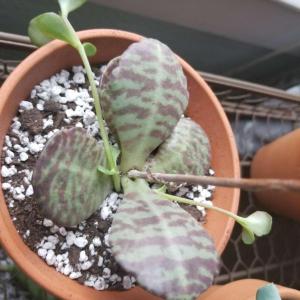



2
0
Ueca:Not quite. I have K. marmorata and the markings are defined sharper and tend to appear nearer the leaf edge.
meriunkat:kinda looks like Kalanchoe Marmorata
求助
Nicole Rebecca Vincent
2017年09月13日

Identification??


1
0
meriunkat:@Nicole Rebecca Vincent and no problem 😁
meriunkat:@Nicole Rebecca Vincent wow awesome! I'ma have to go and see if I can find me another one 😅
Nicole Rebecca Vincent:@meriunkat I got it at my local home depot, I hope I can see some good growth out of it as well, thanks for the I'D! 😊
meriunkat:I hope to see more growth of your plant in the near future 😆
meriunkat:I love this plant, I have one too but it's merly a baby😅
显示更多
求助
Nicole Rebecca Vincent
2017年09月13日

Identification??
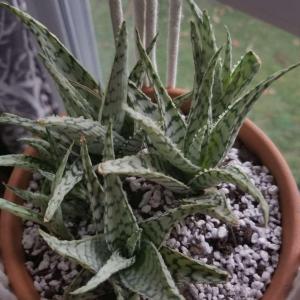
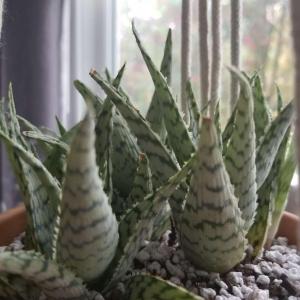
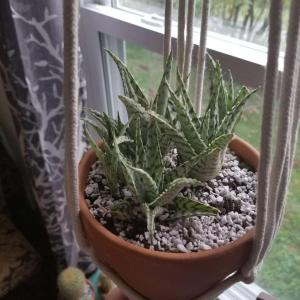



0
0
盛夏:we had publish the new version of GFinger, there is an function that you can identify this
求助
Nicole Rebecca Vincent
2017年09月13日

Identification??

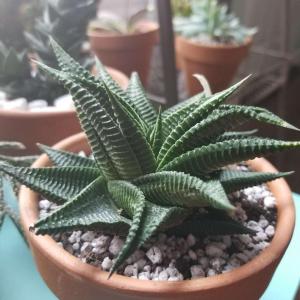


1
0
Mohamad.hamidizade:Beauti 👍🏼👏🏼
Nicole Rebecca Vincent:@Niki Mcdaniel thank you!
Niki Mcdaniel:Haworthia limifolia - Fairy Washboard
meriunkat:Haworthia Zebra
求助
Nicole Rebecca Vincent
2017年09月13日

Identification??
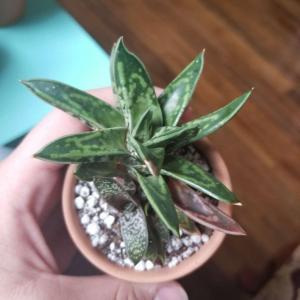
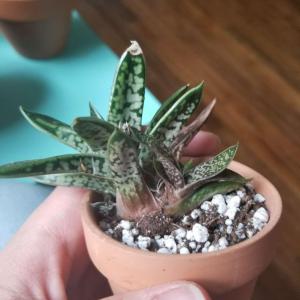
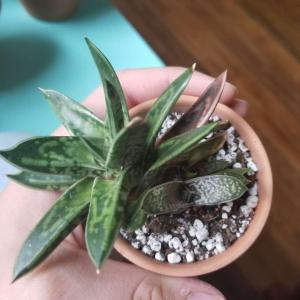



1
0
Ueca:Gasteria, not sure species. May be a hybrid.



